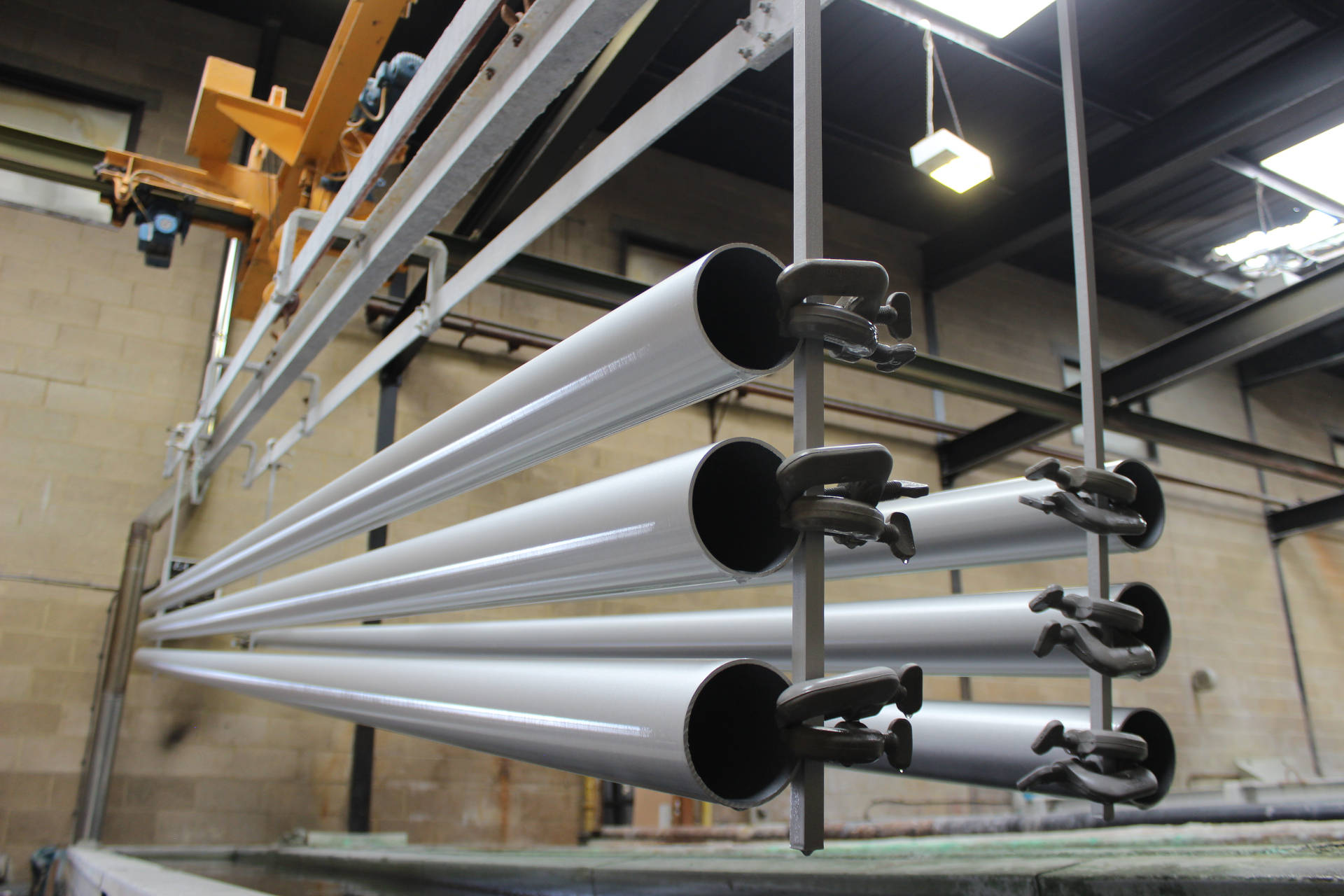Technical Information
Material standards
All extrusions are supplied to the following standards:
BS EN 525
BS EN 573
BS EN 755
All sheets are supplied to:
BS EN 485
Anodising
When inspecting anodised material, the anodised parts must be free of visible defects on significant surfaces when viewed from the following minimum distances:
Exterior Architectural Applications: 5 metres
Internal Architectural Applications: 3 metres
Decorative Applications: 1 metre
(Decorative anodising needs to be specified by the client and agreed upon by SPA before the commencement of the order)
On large or ongoing jobs, the extent of admissible variations of the appearance may be agreed upon by employing samples that are acceptable to both parties, along with upper and lower limits of colour where applicable.
During any comparison between jobs and reference samples, both the anodised part and the sample(s) should be level with one another, and oriented in the same direction of rolling/extrusion/machining.
(All according to BS EN12373)
Maintenance
Anodised components used indoors can normally be kept clean merely by wiping them with a soft cloth. Work which has been neglected may be cleaned with soapy water or a mild detergent solution, followed by rinsing with clean, cold water. After drying, a good wax polish may be applied. Grease and dirt deposits may be removed by using solvents such as white spirit in conjunction with a soft cloth or a soft bristle brush.
ON NO ACCOUNT SHOULD HARSH ABRASIVES BE USED FOR CLEANING.
Components permanently exposed to atmospheric weathering should have the protection of anodic films in the region of 25 microns (AA25) and should be regularly cleaned not less than four times a year. In very severe environments, more frequent cleaning is recommended.





